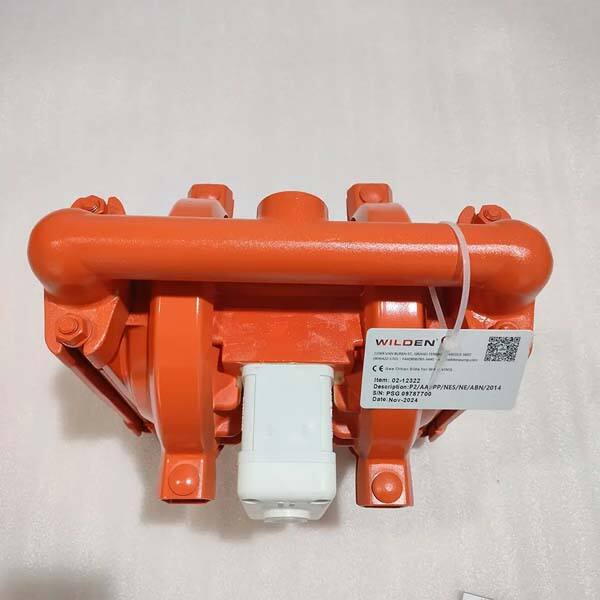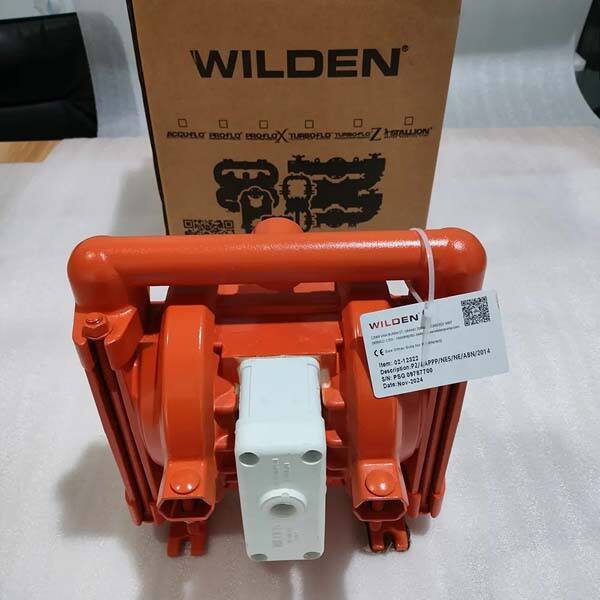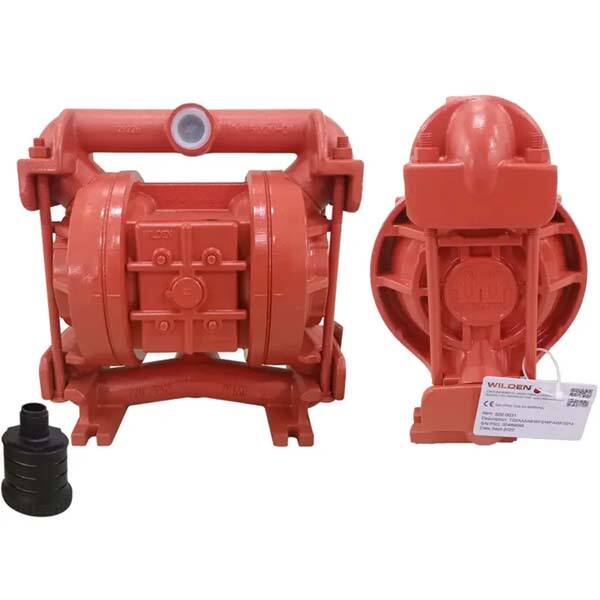What is a Pneumatic Pump Diaphragm? It’s really important part that makes pumps work well and perform their duty. A pump is a machine that does exactly that: it animates liquid, gas, or even tiny solids, transporting them from one location to another. This motion is aided by a unique component inside the pump called the diaphragm (the diaphragm will be discussed in detail later). Let’s find out more about what it is and how it works
A diaphragm pump for sale is a specific component of a pump that is responsible for moving various materials, including liquids, gases, or small solids, through the pump. It relies on air pressure. Air forces on the diaphragm, causing it to rise and fall. This action produces suction, which draws the substance into the pump and pressure that forces it through the pump. Pneumatic pump diaphragms are used in a variety of settings ranging from chemical manufacturing and food and beverage manufacturing to agricultural liquid pumping applications.
Selecting the right pneumatic diaphragm pump is critical. Choosing the correct one ensures your pump operates effectively and efficiently. There are a wide variety of diaphragms available for selection. There are rubber ones, plastic ones, and etched metal ones. The material you choose should be based on what you are pumping. So if you're pumping something extremely hot, you might need a diaphragm that handles the heat. The choice of material becomes even more critical if you are pumping something that can be dangerous or corrosive. As well, it’s crucial to ensure the diaphragm size and shape fits the pump correctly.

Pneumatic pump diaphragms occasionally experience problems that lead to their failure to function correctly. Misunderstanding regarding the through going of the airways. That may result when the diaphragm is ruptured or torn. A rip may be caused by a variety of reasons, including when an incorrect material is used, excessive pressure being applied in the pump, or when a rough or sharp object enters the pump and tears the diaphragm. Diaphragm failure is another possible cause that can happen. This means that the diaphragm is no longer operational. This may be a sign that it is either poorly installed or has worn out after being used for many years. That's why you must check your pump and diaphragm regularly. This way if you catch any small problems before they turn into big ones that would cause your pump to not function.

Maintaining your aodd pump is crucial for its optimal performance. Cleaning the diaphragm and pump periodically will also remove any dirt or debris that could cause blockages and issues. You may also want to check the diaphragm and pump for damage or use. If you notice any cracks or other problems, you should repair them promptly. Moreover, replacing the diaphragm on a periodic basis is a good move to avoid major issues down the road.

New variations of pneumatic pump diaphragms are constantly being designed with advanced technology. These new diaphragms are excellent at improving pump performance and efficiency. For example, some of the latest diaphragms are crafted out of exotic composite materials that are much stronger and lighter than traditional rubber or plastic. This means they're more durable and more efficient. Other innovations include self-cleaning diaphragms, making them time and effort savers. As well as new diaphragms that are capable of higher pressures and temperatures.
Shanghai Chongfu Industry Co., Ltd. provides aggressive pricing while maintaining product quality. The company offers short shipping and delivery times, making it a reliable choice for customers who require quick turnaround times. Additionally, they ensure thorough inspection and testing of all products before shipment, ensuring that customers receive products in perfect condition.
The company utilizes top-tier raw materials, such as American DuPont PTFE, 3M (DYGON), and Daikin from Japan, to provide their diaphragms. This ensures stable, excellent quality that meets or exceeds industry standards. The company works closely with trusted manufacturers who employ advanced production equipment and rigorous testing instruments, enabling precise quality control throughout the supply chain.
With over 13 years of experience in the diaphragm pump industry, the company has developed extensive expertise in the sale of AODD (Air Operated Double Diaphragm) pump parts. They specialize in offering high-quality, reliable pump components, ensuring that their products meet industry standards and exceed customer expectations.
Shanghai Chongfu Industry Co., Ltd. offers a wide range of diaphragm pumps and accessories, including parts for world-renowned brands such as Wilden, Sandpiper, Almatec, Yamada, Graco, Blagdon, and Veresmatic. Their product catalog includes diaphragms, valve seats, ball valves, air valve assemblies, center bodies, shells, manifolds, shafts, mufflers, and repair kits, providing customers with a comprehensive selection of parts and pumps for various industrial needs.